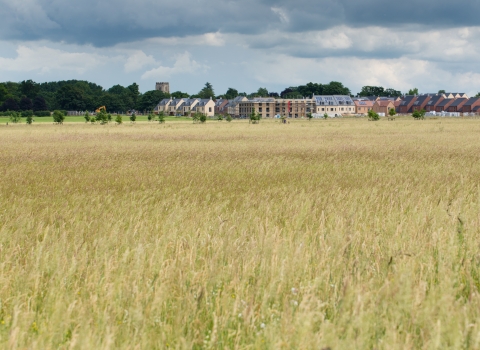Kevin Bacon, in the comedy horror movie Tremors, states: “Oh, yeah. See, we plan ahead. That way we don’t do anything right now.” Wisdom or the words of a fool? For certain, the best way to engage with the formal planning system isn't to wait until, as in Tremors, something comes out to bite us. Planning is something that we can all be involved with, and wildlife can be taken into account at any stage. Let’s consider six levels of planning for wildlife.
We're making plans for wildlife
Illustration by Nik Pollard
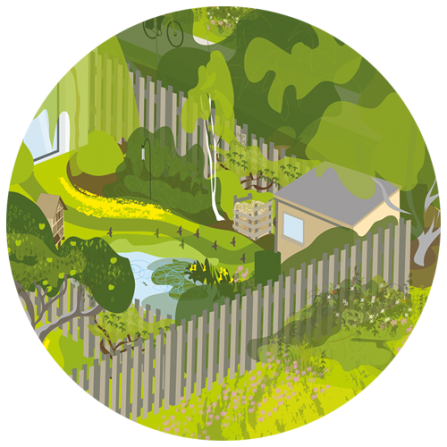
Illustration by Nik Pollard
1: The individual householder.
If you need to work on your home, there may be building regulations to consider. These cover the height of a shed or how much of a garden may be covered without planning permission. Even below this level, you can still make a difference for wildlife. Why not install a water butt with that new guttering; decorate with low-toxicity paints; include a bat brick in that new wall; make a pond rather than tarmac the front garden: everyday choices like these can have a huge impact on urban wildlife. And yes, that’s planning.
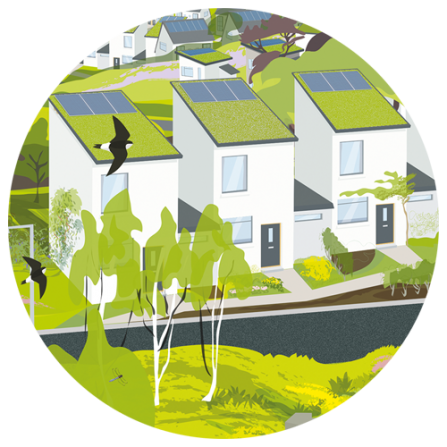
Illustration by Nik Pollard
2: With your neighbours
Wildlife does not respect our borders, but can still be hampered by them, and many species need more than one garden’s worth of resources – food mainly – to survive. You can help by making garden borders more porous in a few easy ways. A couple of hedgehog-sized holes in a fence can make all the difference for hogs and toads. Garden ponds, especially if yours is the first in an area, can be lifelines. Think carefully about nesting and roosting opportunities from both sides of a garden hedge. If there are any communal planting areas, see if you can agree a wildlife-friendly policy.
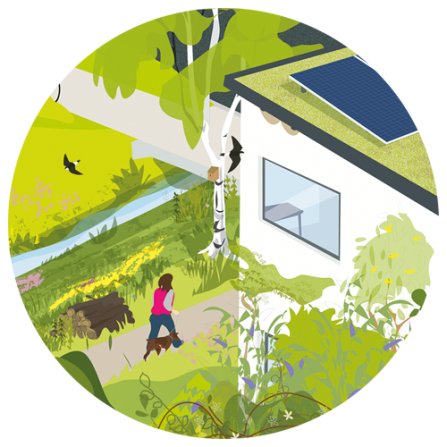
Illustration by Nik Pollard.
3: Local planning applications
Where your own or your neighbours’ plans require planning permission, make sure you have your say. The Wildlife Trust may not have the resources to help with every application (but do check www.wildlifetrustbcn.org/planning), but there is so much that you can do as an individual that we can’t. Our remit is wildlife, and even if we knew about, say, increased traffic or noise levels, we couldn’t object. But you can. Local people can object to plans on any grounds they see fit. It would be great if you were doing this just for wildlife, but even if something we perceive as damaging doesn't go ahead unaltered because of the local inconvenience alone, that's still a good outcome.
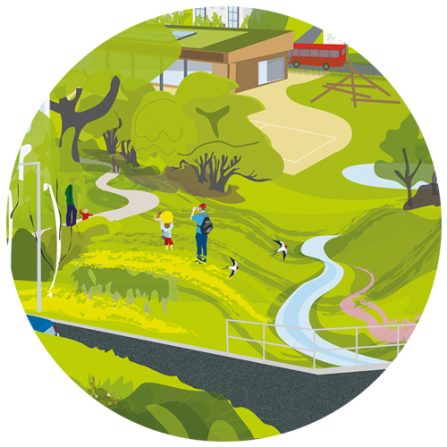
Illustration by Nik Pollard
4: Neighbourhood plans.
Local communities (usually led by the Parish Council) can choose to create neighbourhood plans. These are open for public consultation and amendment, and representation from individuals affected is likely to have as much or more impact as anything that your Trust can do. You can object to any aspect. But you can also put forward proposals for habitat creation or enhancement and push for wildlife to be part of the bigger local picture. Many parish councils have other duties that affect wildlife as well, such as mowing regimes on municipal grassland. And many councils have vacancies. Why not go along to a council meeting and see if getting more involved in that way is something for you.
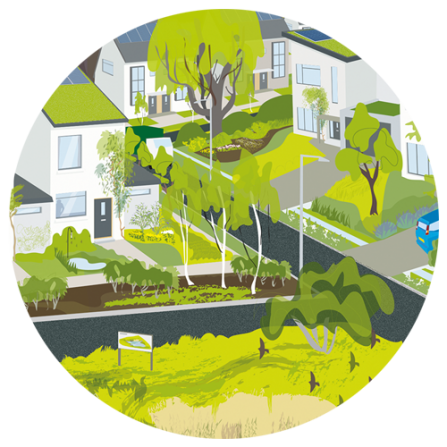
Illustration by Nik Pollard.
5: District or county plans.
At a district and county level, plans are made to cover housing and transport needs. These larger developments may call for individual voices to be heard in support or objection. Some proposed road routes, for example, may be much more damaging to wildlife than others. The Wildlife Trust is always eager for individuals, be they members or just concerned citizens, to play their part and help us to make the case for wildlife. Again, this isn’t always a negative process in that a lot of good habitat has been made in mitigation for built development. But it wouldn’t happen without your support.
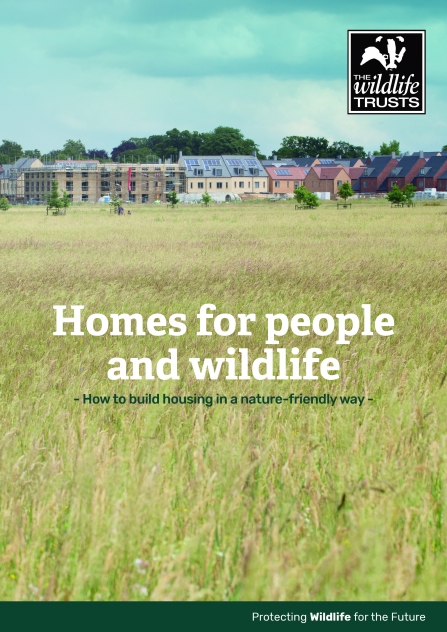
6: National level
The Wildlife Trusts are at the forefront of consultation for greener plans. In January 2018, we launched a new document about how the current push for housebuilding can deliver benefits for wildlife. By supporting our engagement with the planning system at this level – where individual responses have less impact – you are helping to improve planning for wildlife. At election time, every major party will have heard from the green lobby over major infrastructure plans. You can carry your support for wildlife right through your life by finding out how the parties have responded and voting accordingly.
This article was originally published in the spring 2018 issue of Local WIldlife, our members' magazine.
Join The Wildlife Trust BCN today and receive three copies a year of the magazine to enjoy at home, packed full of features and ways to enjoy your local wildlife.
More articles from Local Wildlife

My Wild Life: Kevin Doyle - Dormouse Champion
Kevin Doyle has been surveying dormice in Brampton Wood for nearly 30 years and is excited to see the project enter a new phase
…
Betting on hedges
Hedges are among our most familiar and varied countryside features. Some, but by no means all, are hugely valuable for wildlife.
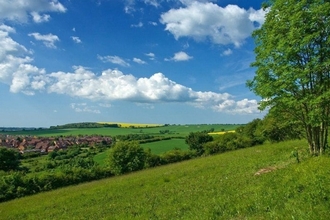
Bradgers Hill and Beyond!
Wilder Futures has entered its final year and we are pleased to say that it will be a busy one! As awareness of our work in Luton grows…


